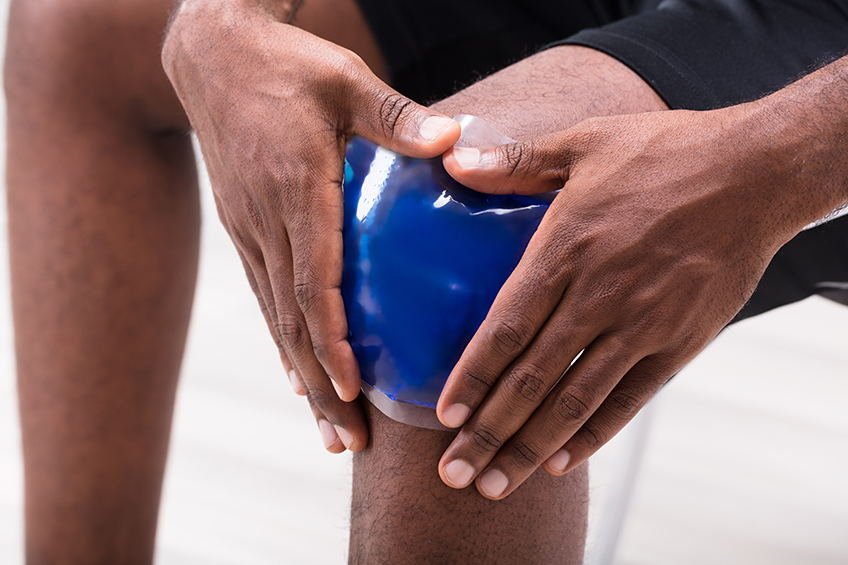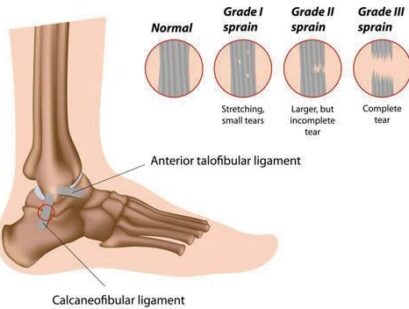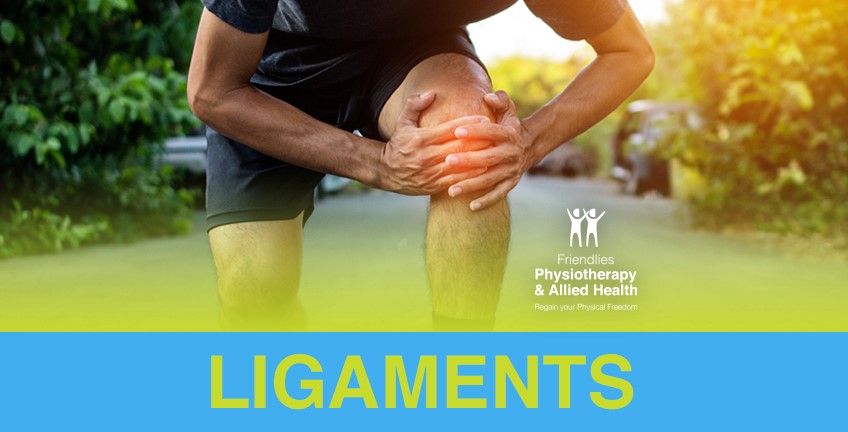
RICER and No HARM treatments for soft tissue injuries
One of the most common treatment recommendations for a soft tissue injury is the RICER method and No HARM Protocol.
R.I.C.E.R Method: (Rest, Ice, Compression, Elevation, Referral)
The RICER method is an effective procedure used in the initial treatment of a soft tissue injury.
Rest: It is suggested that you take a break from the activity that caused the injury in order to give the injury time to heal.
Ice: The injury should be iced on and off in 20-minute intervals, avoiding direct contact of the ice to the skin.
Compression: Bandaging the injury will compress it, and prevent any further bleeding or swelling to occur.
Elevation: Elevating the injury above your heart while you are resting will aid in the reduction of swelling.
Referral: Referral to an appropriate medical professional for guidance and management.
No H.A.R.M Protocol: (Heat, Alcohol, Re-injury, Massage)
This method should be used within the first 48–72 hours (depending on severity) after the injury in order to speed up the recovery process.
(No) Heat: Applying heat to the injured area can cause blood flow and swelling to increase.
(No) Alcohol: Alcohol can inhibit your ability to feel if your injury is becoming more aggravated, as well as increase blood flow and swelling.
(No) Re-injury: Avoid any activities that could aggravate the injury and cause further damage.
(No) Massage: Massaging an injured area can promote blood flow and swelling, and ultimately do more damage if done too early.
The Friendlies Physiotherapy Service have a walk-in sports injury clinic every Monday from 8.30am-9.30am to help treat patients with weekend sports injuries as soon as possible. Find out more here.
Ligaments
Did you know there are about 900 ligaments in the human body?
A ligament is a short band of tough but flexible fibrous connective tissue that connects bones to other bones. They have a number of different roles throughout the body including; stabilising joints throughout range of motion, protecting bones from contact/ absorbing stress and providing proprioceptive feedback which is the body’s’ ability to know the position of our joints. These are all particularly important when participating in any kind of activity as sudden or uncontrolled movements can lead to ligamentous injuries.
The most common ligament injuries occur in the knee & ankle, while it is possible to injure ligaments in the shoulder, neck and back these are less common. Signs and symptoms of a ligament injury include; pain, swelling/bruising and a sense of instability. To help make it easy to understand the severity of a ligament injury they are categorised into three grades.
Grade 1: Stretching, but no tear in the ligament
Grade 2: Partial tears of the ligament
Grade 3: Severe or complete ligament tear

Immediate treatment of a ligament injury like any other soft tissue injury should follow the RICER protocol (Rest, Ice, Compression, Elevation and Referral). This should be followed for the first 72 hours after the injury. The severity of the injury will determine how quickly you can stop resting and start your rehabilitation, your Physiotherapist will assess the injury and provide you with specific exercises to assist in your recovery and will help guide you to know when it is safe to return to sport or activity and help prevent further injury. Most ligamentous injuries will heal within 2-6 weeks depending on the severity of the injury and you can generally return safely to sport within 4-12 weeks.
It is important to note that ligament injuries that are more severe e.g. inability to weight bear, extreme bruising or swelling may require further investigation and possibly specialist involvement to return to pre-injury function e.g. ACL where surgery may be indicated.
Click here to read another article on how to care for Soft tissue injuries by using PEACE (protect, elevate, avoid, compress and educate) and LOVE (load, optimism, vascularisation and exercise).
